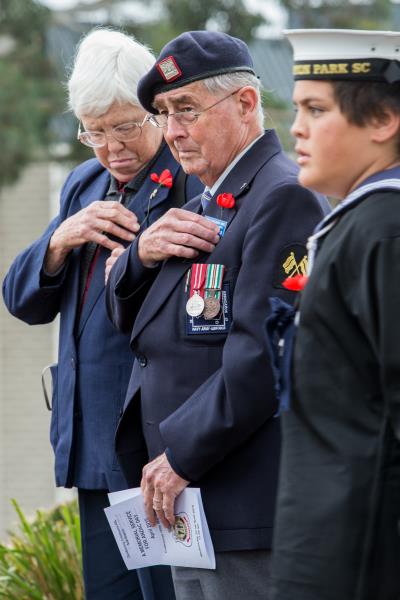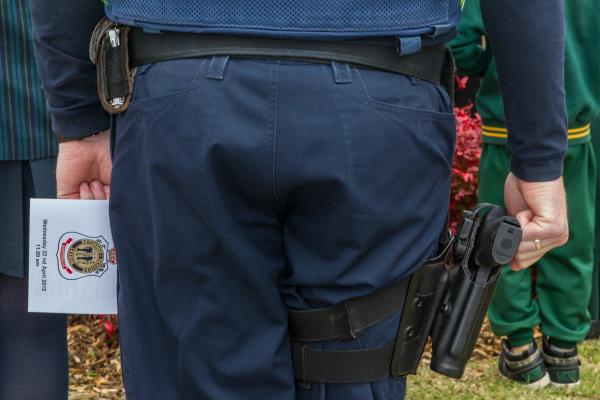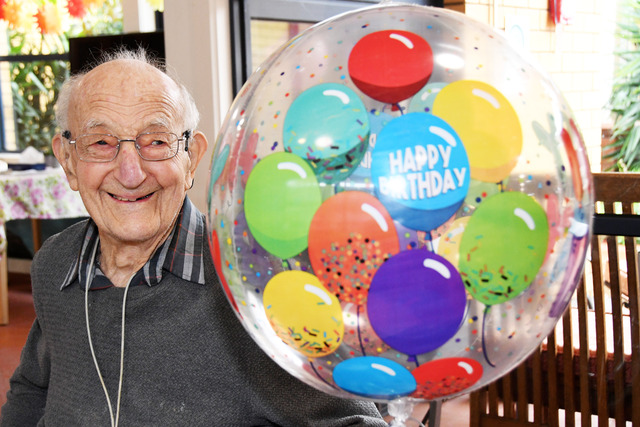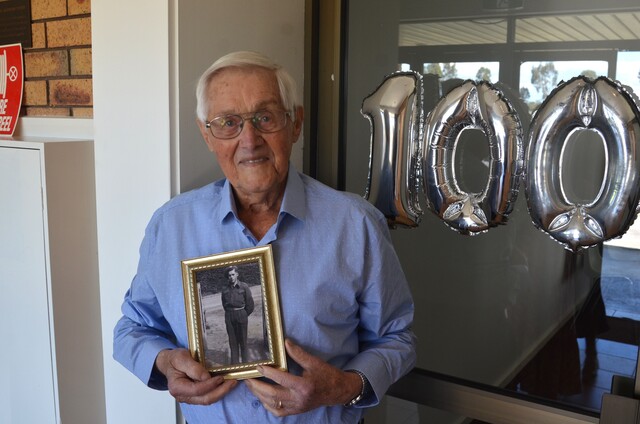A DEFIANT crowd undaunted by terrorism’s specture huddled among tight security to honour the fallen at an Anzac Day service in Endeavour Hills on Wednesday.
Nine fully-armed police in high-visibility vests – and a semi-trailer carriage conspicuously parked between the cenotaph and Heatherton Road – flanked the 100-strong crowd who shivered through the sombre ceremony.
It had a poignant backdrop – the spot where accused teen terrorist Numan Haider attacked police and was shot last year was visible just 100 metres away.
Days earlier, counter-terrorism raids foiled an alleged terrorism plot by teenagers out to kill police officers at Saturday’s services.
Narre Warren North MP and Roads Minister Luke Donnellan praised the strong turnout and security detail.
“It was good that people felt a desire to ignore any threats. It’s important to celebrate the bravery of others who fought for our freedom.”
Casey Councillor Rosalie Crestani said the “tough Australian spirit” would continue to defy “anyone who wants to destroy our heritage, way of life and peace”.
She said the spirit exhibited by Anzacs to “stand up against terror” was still evident today.
This weekend, thoughts will turn to those who died or survived over the past century’s military campaigns at Anzac Day services at Berwick, Cranbourne and Pakenham.
The tradition starts with the historic Gallipoli campaign on 25 April 1915, itself the first wave of extraordinary carnage that ripped the heart out of many Australian country towns in World War I.
Townsfolk farewelled their young men as they embarked to fight in far-off foreign lands surely knowing that many would never again pull on their boots and play country football; never return to their jobs as butchers, bakers, grocers, farmers or printers.
They would never marry; never father children and never be comforted by the warm embrace of their mother’s arms.
Some 100 years after the historic landing at Anzac Cove, this week’s News is dedicated to stories of those fallen, honouring and remembering the locals who gave so much.
Lest we forget.
For more, turn to pages 3 and 6.
Anzac beats terror
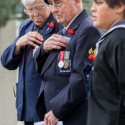
Digital Editions
-
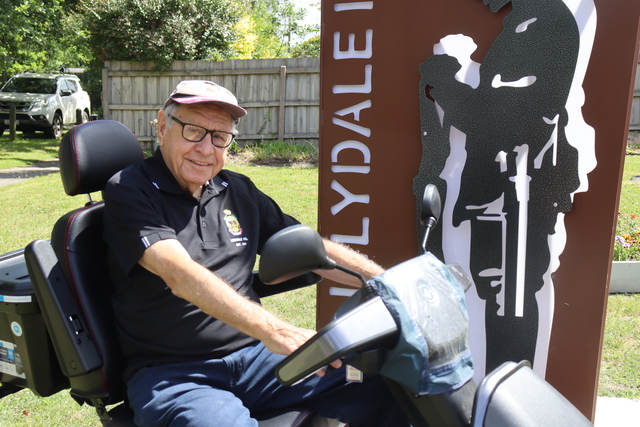
A man and his scooter: Arthur Ford single-handedly raises $26k for veterans
Purchase this photo from Pic Store: 524076 A man and his electric scooter are all it takes to support Lilydale’s veteran community. Arthur Ford, now…

